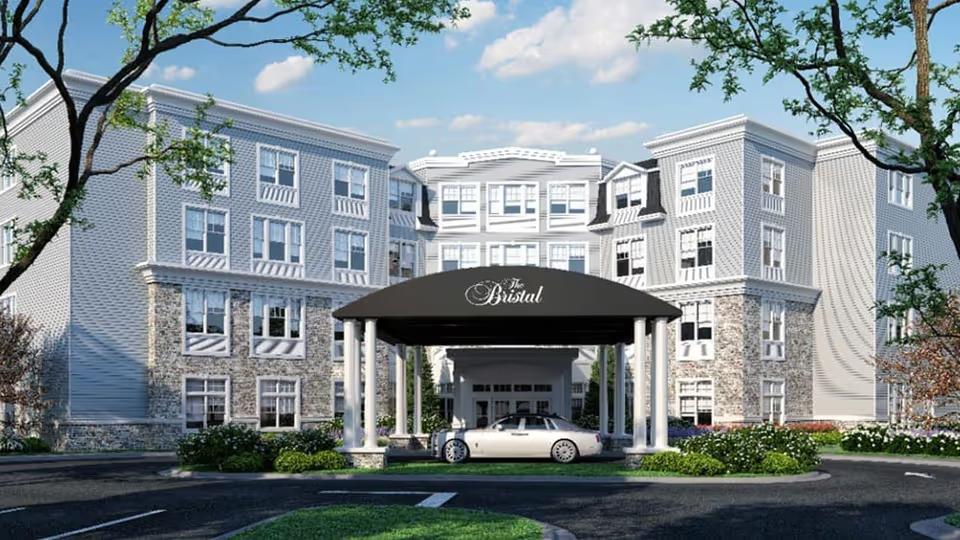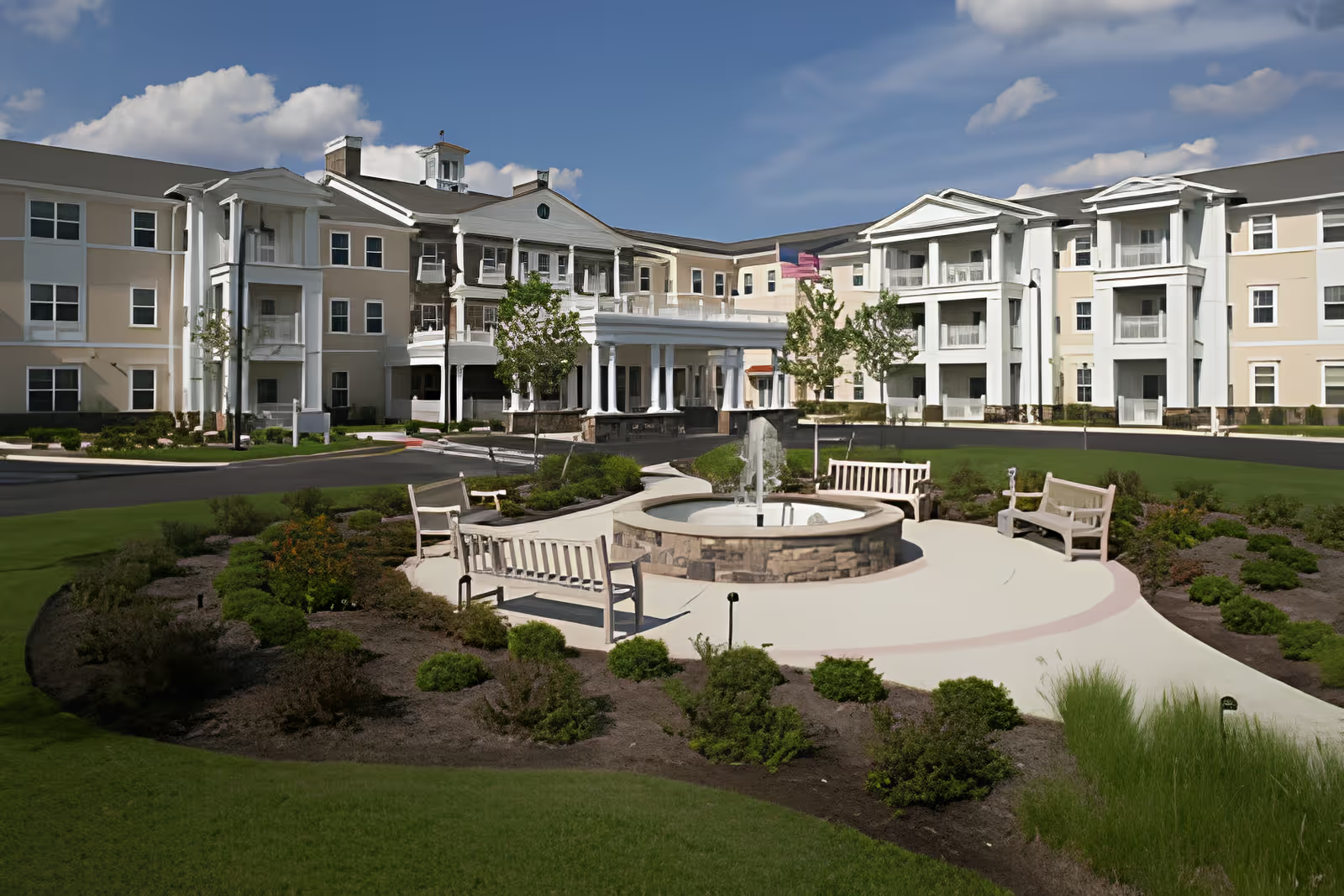Overall sentiment across the reviews is strongly mixed: multiple reviewers praise specific departments and staff members, while others report serious problems with communication, safety, and consistency. The facility receives notable positive attention for its activities, some clinical teams, and individual staff who provide compassionate, professional care. However, persistent themes of inconsistent care, communication breakdowns, and safety/quality concerns appear frequently enough to be significant.
Care quality and safety: Reviews describe a wide range of experiences with clinical care. Several reviewers praise nursing and therapy staff—calling out rehabilitation as life-changing, commending physical therapy, and acknowledging compassionate RNs and social workers. Conversely, there are repeated reports of neglectful or unsafe care: patients left without clothing, falls resulting in head bumps, unsafe discharges that required hospital transfer, and inadequate Alzheimer’s/dementia staffing. These safety incidents and allegations of neglect are serious red flags. The pattern suggests variability by shift and by staff member: some residents receive attentive, professional care while others experience lapses that warrant investigation.
Staff and leadership: Many reviews single out individual employees for high praise (Tanya O'Brien at the front desk, Kristina Rivera, Willner the RN, Will, Sarah) and describe staff going above and beyond to make residents feel valued. The activities and social services departments receive strong commendation for building community, increasing confidence, and offering meaningful programming. At the same time, reviewers report poor communication from staff and management, unreturned calls, messages not being relayed, and inconsistent responsiveness. Some families noted that management became responsive after direct meetings, indicating that escalation can produce results—but other reports indicate follow-up is often lacking. Language barriers are cited as an impediment to clear communication with some staff.
Facilities and cleanliness: Opinions here are polarized. Several reviews emphasize spotlessly clean rooms, fresh smells, shiny floors, and attractive, inviting lounge and dining areas. In contrast, other reviewers describe the facility as dirty, unkept, or outdated. The conflicting accounts point again to inconsistency—some areas and shifts may maintain high housekeeping standards while others do not. Prospective families should ask for a current tour and speak with multiple families/observers to judge the prevailing condition.
Dining and services: Dining receives mixed marks. Some residents and visitors find meals pleasant, well-presented, and flavorful, while others call the food deplorable or disgusting and note a lack of vegetarian options. Ancillary services have issues flagged as well: cash-only haircut services and debit card/payment problems were reported, which suggest administrative or vendor policies that may inconvenience residents and families.
Activities and rehabilitation: This is one of the facility’s stronger areas according to many reviewers. The activities department is described as engaging and supportive, with holiday events, entertainment, and programs that help residents learn new skills and regain confidence (examples include chess and other rehabilitative activities). The therapy department receives praise for skill and support, though at least one reviewer felt the facility was "not good for rehab." A specific gap noted is the lack of weekend physical or occupational therapy, which could affect continuity of rehab for some residents.
Property theft, belongings, and behavior concerns: Multiple reviewers report missing clothes, laundry theft, and belongings taken by staff (especially during night shifts). These incidents, combined with reports of rude weekend nurses and inattentive staff, contribute to a sense of uneven professionalism and security that families should consider carefully.
Recommendations and patterns: The most consistent pattern is variability—high-performing staff and departments exist alongside troubling lapses in care, communication, and safety. Families considering Champion Rehabilitation and Nursing Center should: (1) request a detailed tour and ask to see current common areas and a range of rooms across different units/shifts; (2) inquire about staffing levels, especially for Alzheimer’s/dementia care and weekend therapy availability; (3) ask how the facility addresses missing belongings and theft, and what systems exist for communication and incident reporting; (4) speak directly with social services and names of praised staff to understand resident support; and (5) seek recent complaints or regulatory inspection reports for objective safety and quality data.
In summary, Champion Rehabilitation and Nursing Center shows clear strengths in its activities, several dedicated staff members, and pockets of excellent therapy and social services work that have positively impacted residents. However, inconsistent cleanliness, communication failures, food quality concerns, allegations of neglect and safety incidents, language barriers, and reports of missing belongings indicate meaningful risks. Prospective residents and families should weigh the praised personal interactions and specific departmental strengths against the documented inconsistencies and reported adverse incidents, and perform targeted due diligence before making placement decisions.







